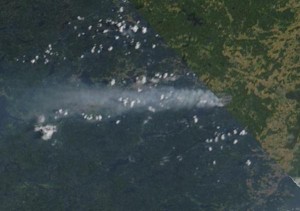
Source: Robert Scribbler
It’s been scorching hot in Sweden this summer.
Throughout June, July and into August, the Arctic country has seen day after day of record heat. Thermometers hitting the upper 70s, 80s, and even 90s have become a common event in a land famous for its cooling mists, Arctic lights, and frozen fjords.
By Wednesday of last week, the heat had reached a tipping point. Fire erupted across a ridge line just to the northwest of Sala, Sweden and about 120 kilometers north of Stockholm. The fire rapidly intensified, expanding as nearby towns fell under its shadow.
By Sunday, the blaze spread to encroach upon homes as an all-time high of 33 C (91 F) was recorded in Visby, Gotland even as tumultuous and oddly dry storm clouds brought with them more than 47,000 thousand lightning strikes, shattering Sweden’s all-time one-day lightning record and igniting numerous smaller fires throughout the nation.
On Monday, the situation reached a new extreme as numerous communities were threatened with black smoke billowing into streets and neighborhoods.
By today, more than 1,000 people were evacuated and one soul lost as the blaze expanded to cover a region encompassing 15,000 hectares — about equal to 21,000 football fields or 57 square miles. It is now the largest fire in at least 40 years to affect Sweden.
“I feel deeply concerned for the people who have been asked to leave their homes. I also understand that it is a very tough situation for all those struggling to fight the fire.” — King Carl Gustaf, on Tuesday, August 5

The fires are extraordinarily energetic and appear to have engaged the basement layer. As with other recent Arctic fires in permafrost or near permafrost zones, areas well below the surface soil zone are involved, resulting in risk of a very intense, long time-scale event:
“It’s burning deep down into the ground and across large surfaces,” fireman chief Per Hultman said in an interview with Expressen. “It’s going to take months to extinguish.”
Norberg had not yet issued evacuation orders but officials there were advising the town’s 4,500 residents to pack their bags and be ready to leave at a moment’s notice.
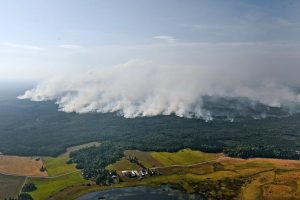
A large scale response to the blaze includes a small army of fire fighters from three Swedish regions, the Swedish military and aid from the European Union nations France and Italy.
By Tuesday afternoon local time, the situation remained extremely dangerous with the blaze still raging out of control even as clouds and light rain moved in, providing firefighters with some hope that the fire might lose some of its extreme intensity. However, current reports still indicate that the situation at the site of Sweden’s worst fire in 40 years remained very tenuous with concerns that a shift in the wind to the north might sweep the fire on into Norberg.
Conditions in Context: Human Warming Means More Arctic Fires
Under an ongoing and repressive regime of human-caused climate change fires like the Sala blaze are expected to proliferate and intensify as time moves forward. A combined set of conditions including a permafrost thaw line moving rapidly northward, increasing record heat, temperatures that are rising at a rate twice that of the global average, and deadwood multiplying invasive species are just a few of the ways climate change enhances fire risk. The thawing basement permafrost is particularly vulnerable to fire once it thaws and dries. It creates a peat-like pile, in most places scores of feet deep, that can burn for extended periods and re-ignite long extinguished surface fires. Near or north of the Arctic Circle, there are almost no land zones not under-girded by a thick permafrost layer. It represents a very large pile of potential fuel for fires as it thaws.
So, unfortunately for Sweden and for other Arctic nations, the fire situation is bound to worsen as warming continues to progress.
Source: Robert Scribbler




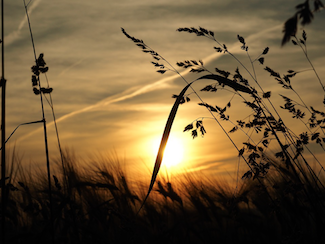
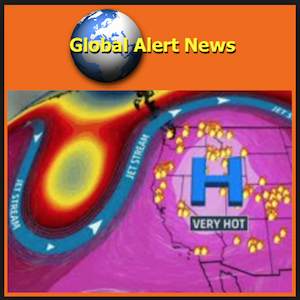



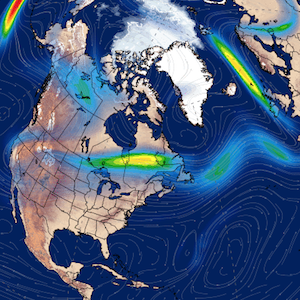

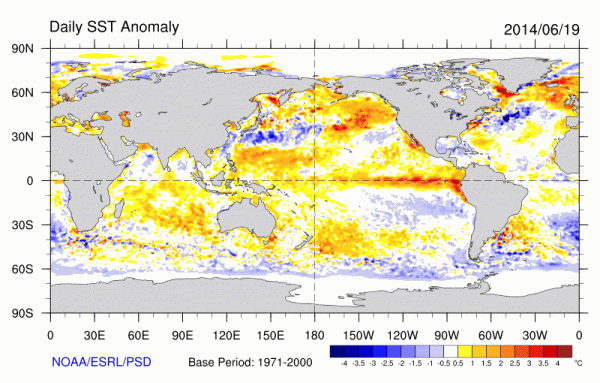
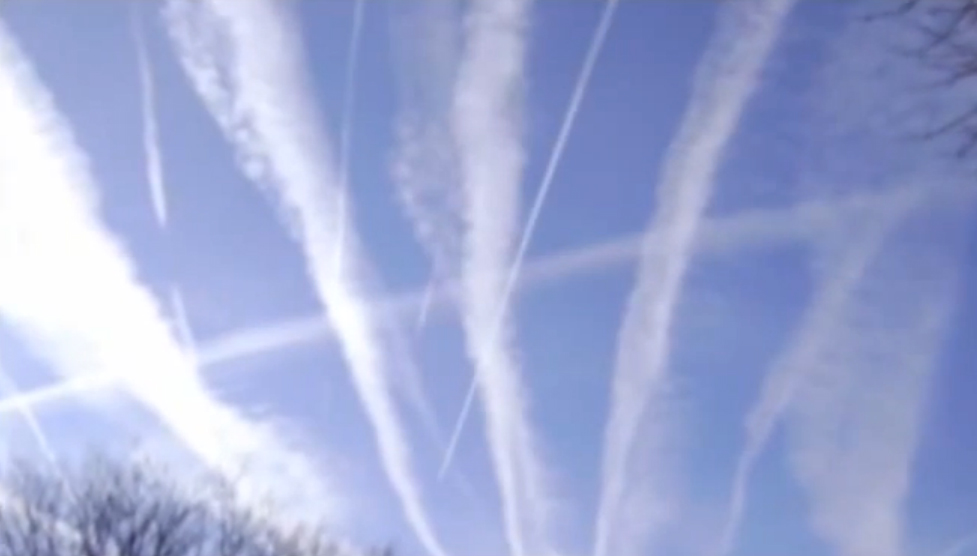
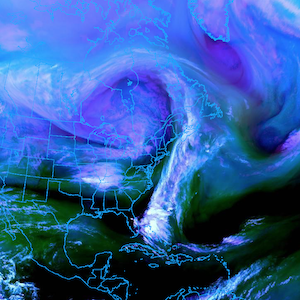
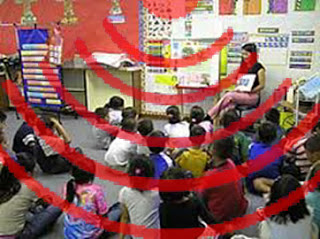
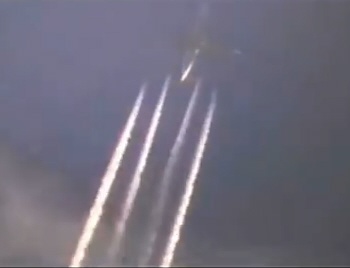
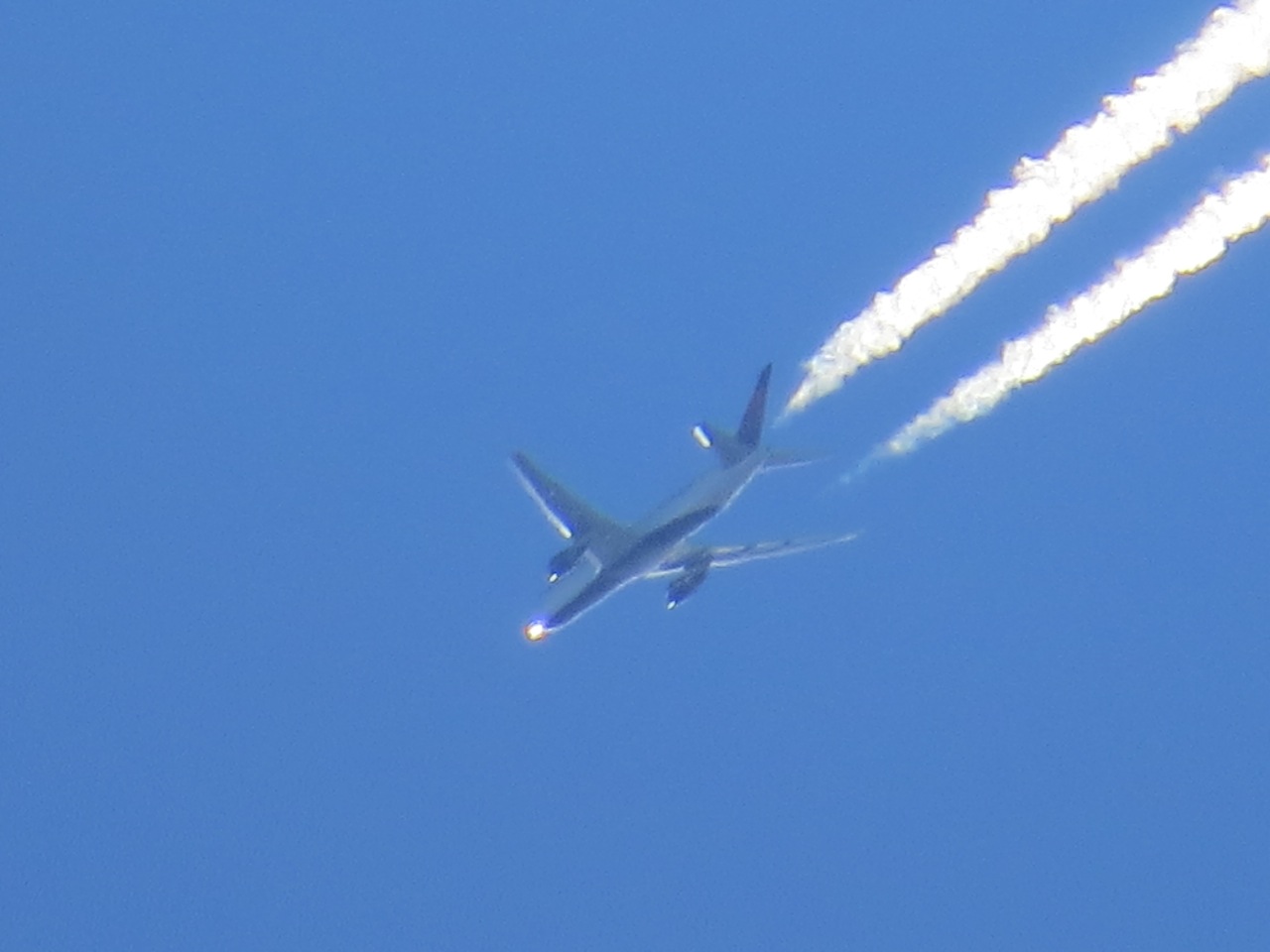




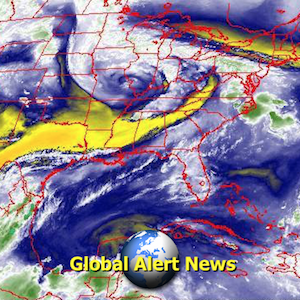

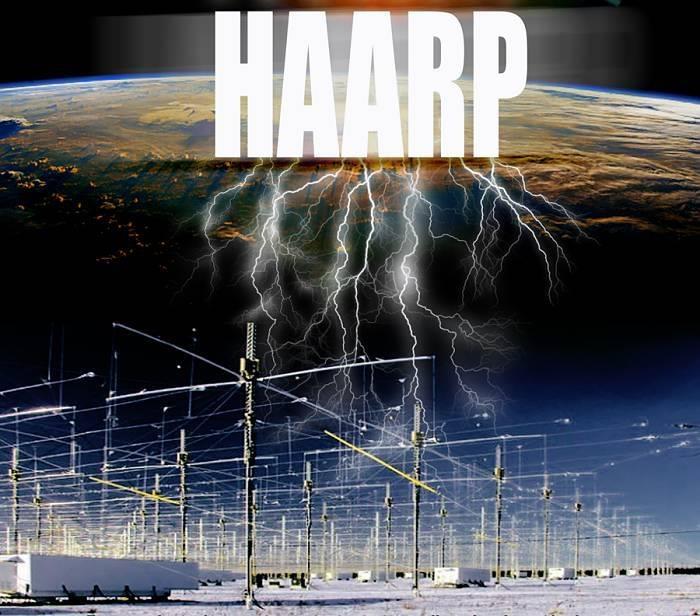
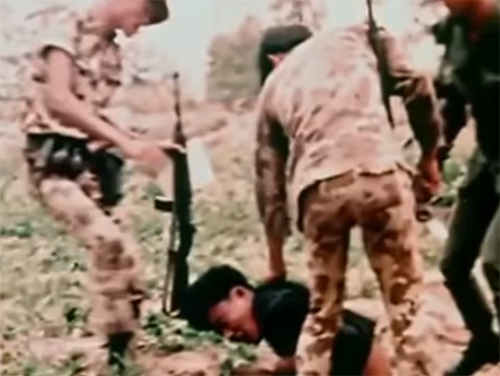



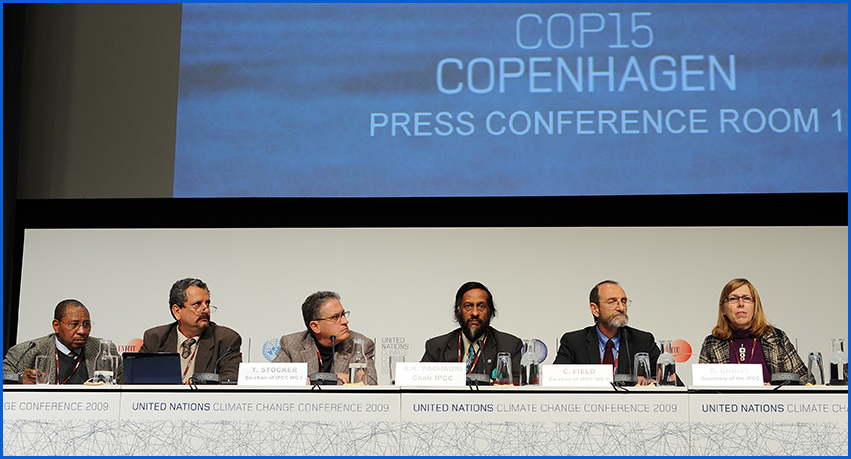
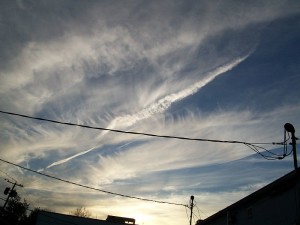

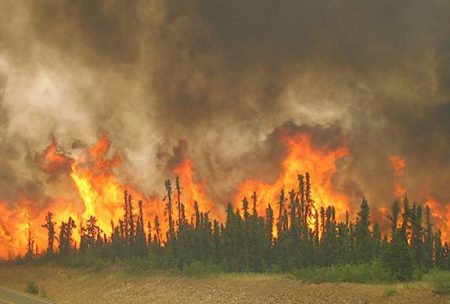









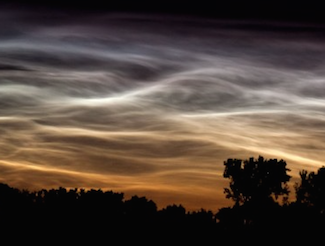
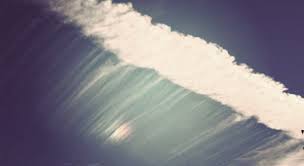


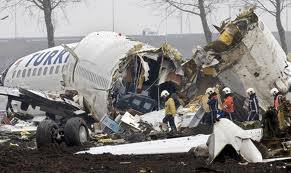

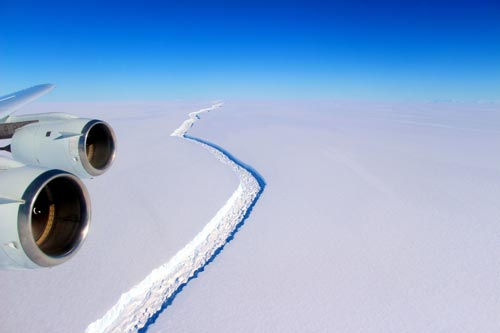
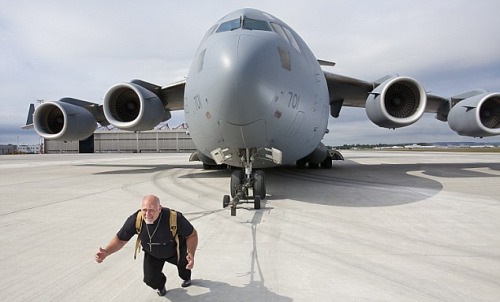
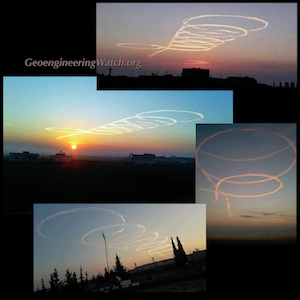
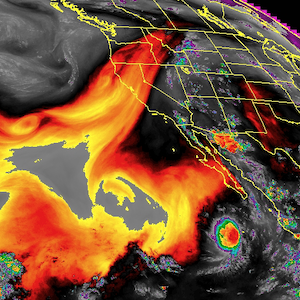

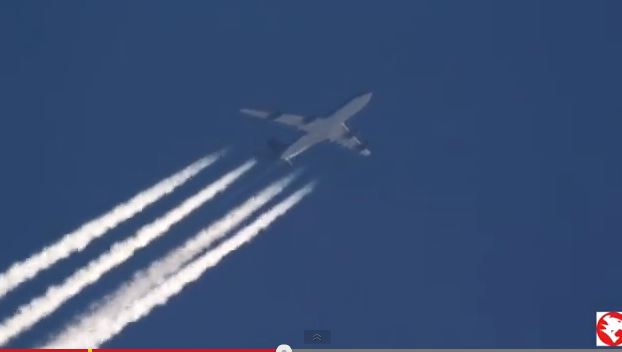
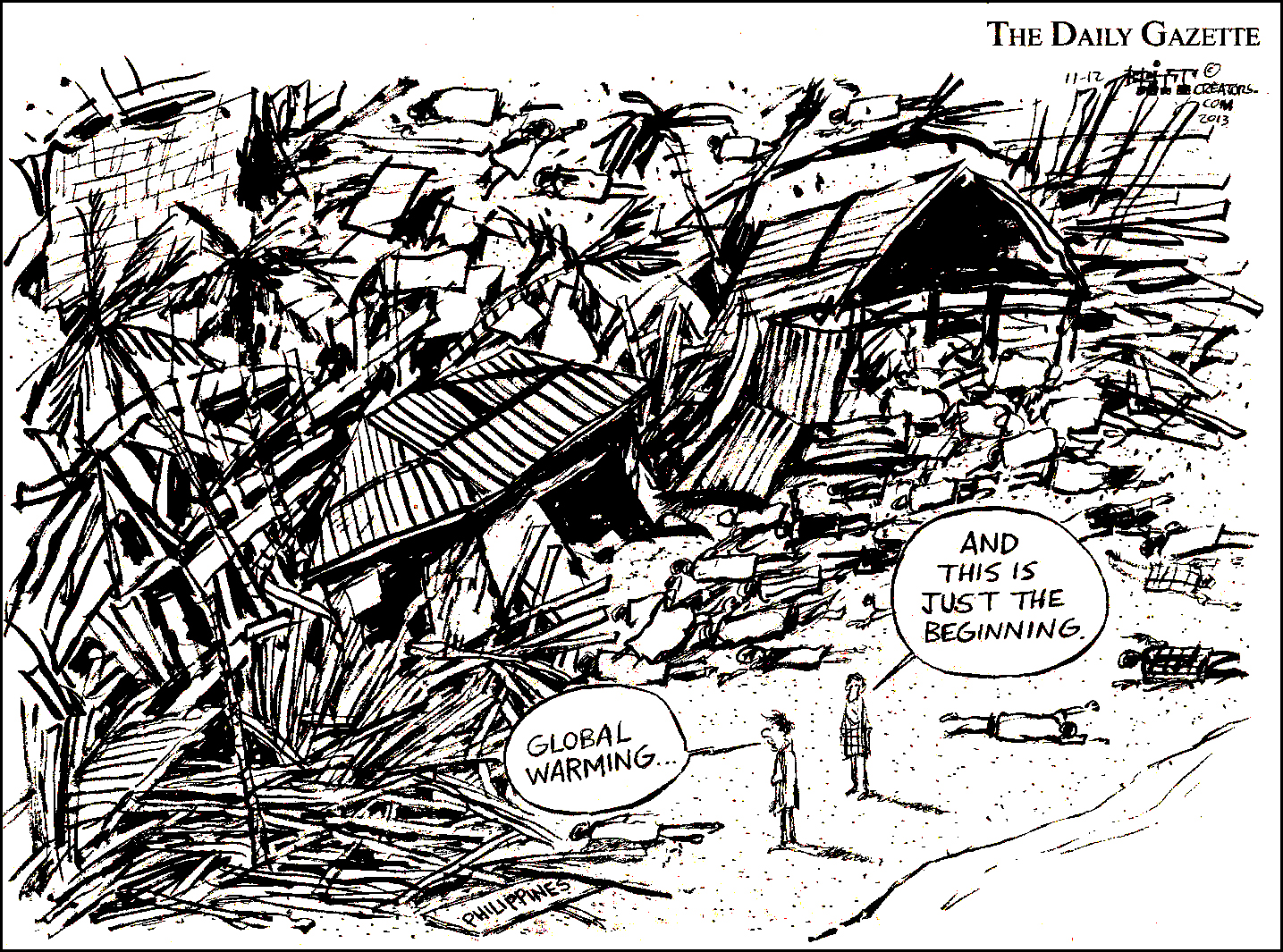

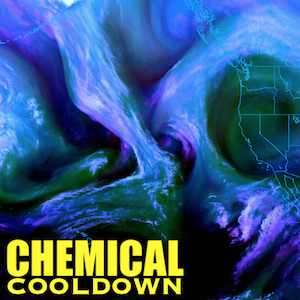
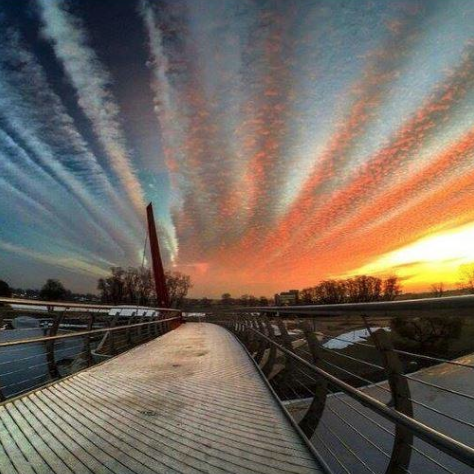
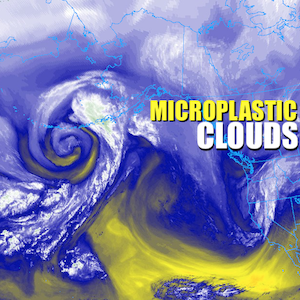
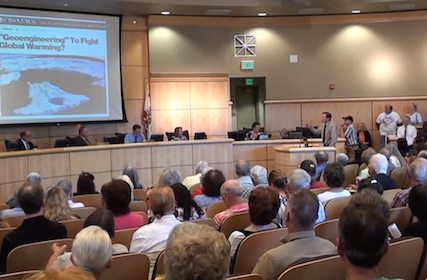
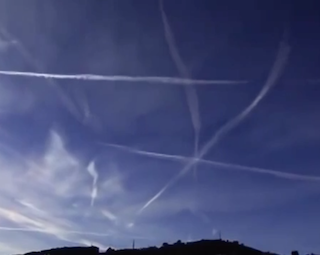

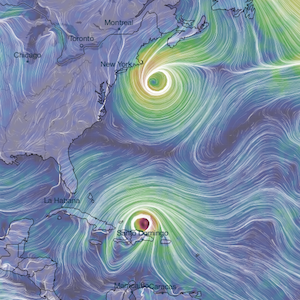
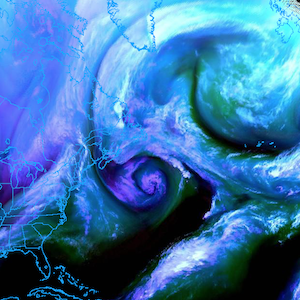
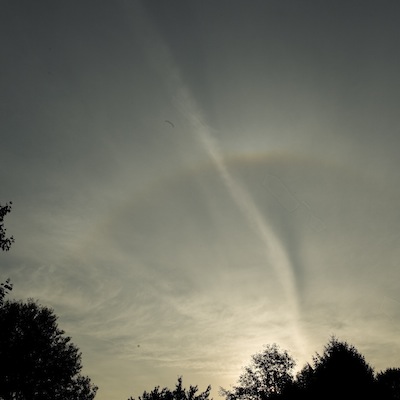


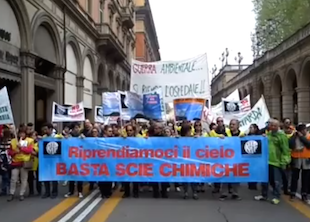

4 Responses
Massive Peat fires under the tundra could become a reality here in Alaska also. I’ve heard of underground fires burning for decades. And all that released methane needs is a spark 🙁
Well said, our air here in Germany is absolutely sick as well.
The forest here has become silent, too. As a child I used to see animals all the time, now it’s very rare.
Not just Sweden!
Here in Germany we are literally being boiled alive with temperatures over 30ºC (not normal) and we now have a certain species of mosquitos and other insects that usually only exist in Africa.
Also where I live (Northern Germany) we only had 3 days of snow this Winter (officially the warmest on record).
Besides that I noticed that West Germany has been constantly hit with bad weather while we rarely get any rain.
By the way, since I heard of it on your radio show I looked around and our trees aren’t all healthy either. Specially pine trees look like they are fighting for their lives, with brown (dead) spots everywhere and the branches hanging down.
I live in Sweden and for the last 8 months since I’ve been here the weather modification programs, weather weapons programs, geoengineering programs, whatever one wants to call it have been in non-stop spraying mode. The storms, if they can even be called that, are basically dead on arrival with the atmospheric chemical dumping that occurs just ahead of the fronts. The rain hardly makes it to the ground and the air basically dries up. I just spent the last few weeks in Lapland watching the planes spray from the Baltic to Norway. The air here is awful and the Swedes, who pride themselves on such a helpful, honest government, are finding themselves wracked with coughing, their forests dying, their wild animals wasting away believing there’s nothing wrong. People have told me they’ve seen “contrails” all of their lives. Even though they looked 60 I may have mistaken them for 15?) The brainwashing I witness here is staggering as the air is sick. Of course the IPCC easily holds sway over such feeble minds and the people believe anything they’re told. (Like Fukushima is safe… Those are contrails… The animals are dying from a fungus…) Human Warming? Yes it is getting warmer but it has very little to do with car exhaust and woodburning stoves. That’s the hoax, and the ball-less, souless idiots who are complicit in it will hopefully get all they deserve. And sadly I’m watching it all go down, or up, in smoke.
Cheers, M